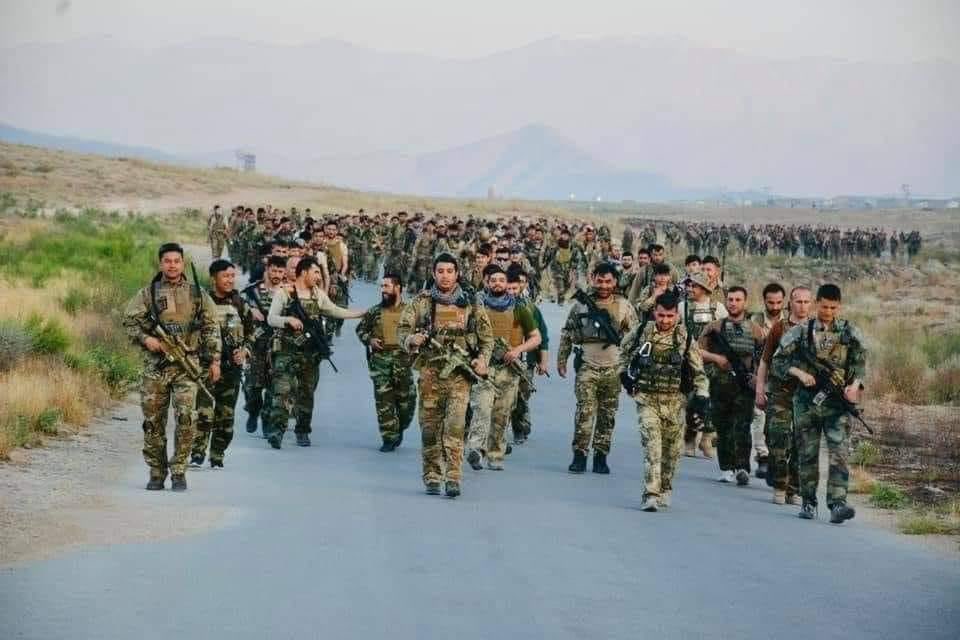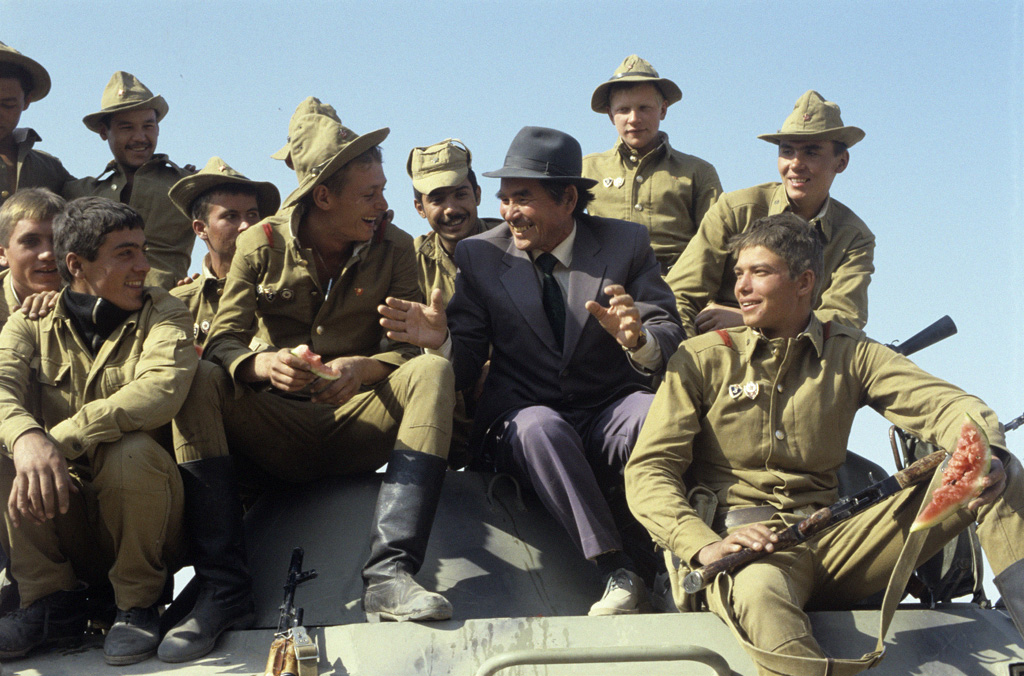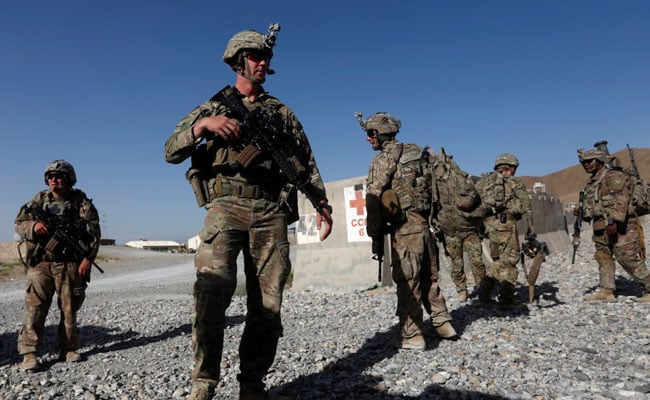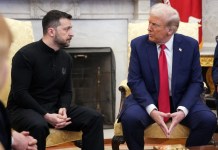As the US ends its “longest war” and the Taliban regains control of parts of Afghanistan, the power vacuum brings a sense of deja-vu for the war-ravaged country that has seen multiple foreign interventions in the past.
In the last few days, many countries including India and China evacuated their citizens and diplomatic staff from key cities of Afghanistan as the Taliban runs riots, claiming that they control more than 85% of the land now.
The insurgents have overrun areas bordering five countries — Iran, Tajikistan, Turkmenistan, China, and Pakistan — in the past week, according to reports.
The Pentagon recently acknowledged the gains made by the “terrorist outfit”, blaming the civilian leadership rather than the capabilities of the US military for the group’s progress.
Several experts and scholars are questioning the purpose of a “hasty” withdrawal by the US, as the militant group Washington had vowed to eliminate two decades ago is staring back at its face.
When I announced our drawdown in April, I said we would be out of Afghanistan by September. Our military mission in Afghanistan will in fact conclude on August 31st. And the drawdown is proceeding in a secure and orderly way, prioritizing the safety of our troops as they depart. pic.twitter.com/7U8Fb47gsd
— President Biden (@POTUS) July 9, 2021
US President Joe Biden defended his decision to withdraw the American forces before the September 11 deadline, saying that “one more year of fighting in Afghanistan is not a solution but a recipe of fighting there indefinitely”.
Meanwhile, the future of Afghanistan remains uncertain, as chaos and deteriorating humanitarian situations have impacted millions of civilian population.
The ‘Costs of War’ project at Brown University estimates that the war has forced 2.7 million Afghans to flee abroad, mostly to Iran, Pakistan, and Europe. Another 4 million are displaced within the country, which has a total population of 36 million.
Not Taliban, ISIS Or Al-Qaeda, But China Is Haunted By Another Small ‘Islamic Outfit’ In Afghanistan
The British Imperial Outreach
In the 19th century, the British fought two wars with Afghanistan to extend its influence in the region from the base colony in India. The underlying reason was to oppose the growing Russian influence as the country bordered Central Asian countries, which later became part of the Soviet Union.
The first Anglo-Afghan war was fought in 1839-1842 when the British invaded the country with an aim of restoring a client regime of exiled Afghan ruler Shah Shoja.
The second war was fought during 1878-1880 after Russia’s General Stolyetov was allowed to enter Kabul while Britain’s envoy was turned back at the border by Afghan troops.

The British launched an attack and the army occupied Kabul. However, the victory was short-lived as the British envoy got murdered, and eventually, the British and Russians came together to draw the modern-day political boundaries of Afghanistan.
Another month-long war was fought during World War I in which the Afghans successfully conducted their foreign affairs. During the time, Afghanistan became one of the first states to recognize the Bolshevik Soviet government, and a “special relationship” evolved between the two governments.
Cold War Politics
After exerting indirect influence, the Russians formally invaded Afghanistan in 1979 to support a communist government in Afghanistan.
The Afghan government was overthrown in a left-wing coup led by Nur Mohammad Taraki. Due to the unpopular socio-political policies of the communist government, the local tribal and urban population of the land took up arms against the Taraki regime.
To sustain the communist movement in the country and check the spread of western powers in the neighborhood, the Soviet Union sent more than 30,000 troops to Afghanistan.

Meanwhile, the local militia, together called mujahideen, was aided and abetted by the US due to Cold War politics and the rebellion grew further.
Around 100,000 Russian soldiers were stationed in Afghanistan, controlling major towns and cities when the clashes between the Afghan army backed by Soviet troops and the mujahideen forces peaked.
After losing more than 15,000 troops and failing to sustain a client regime, the USSR signed an accord with the United States, Pakistan, and Afghanistan and withdrew all forces by 1989.
Some estimates suggest that the human cost of the bloody decade was more than 2 million Afghans. The unprecedented invasion brought lawlessness and violence to the streets.
There was a sudden political vacuum and many tribal armed groups began fighting for power. The local infighting gave birth to the Taliban which later ruled the country from 1996 to 2001.
Afghanistan Calls On India, Russia & China To Help Fight Terrorism In The War-Torn Country
War on Terror
The US invasion was driven by revenge for the deadly 9/11 attacks, one of the worst terrorist attacks in the world, which left more than 3,000 people dead on American soil.
The mastermind behind the attack was Al Qaeda leader Osama bin Laden who operated from Taliban-ruled Afghanistan. After the Taliban refused to turn in Al-Qaeda operatives, the US military on October 7, 2001, launched ‘Operation Enduring Freedom’ and began bombing terrorist bases.
Backed by Canada, France, the UK, Germany among others, the US-led coalition defeated the Taliban regime but Bin Laden escaped to Pakistan.
The next decade was marred by reconstruction efforts, training of Afghan armed forces by NATO and stabilizing a democratic government in the country. However, coalition forces continued to fight terrorist groups under the “war against international terror and the struggle against violent extremism”.
Violence continues as suicide bombings and political killings became the order of the day.
In 2011, the US special forces managed to kill Bin Laden in a covert operation, following which a public campaign to bring back American troops grew louder in the US. At the time, close to 100,000 troops were deployed in conflict-prone Afghanistan.

In the next decade, multiple attempts at peace negotiations with the Taliban and troop withdrawal failed while violence continued to affect civilian life.
A peace agreement was signed in 2020 between the then-US President Donald Trump and the Taliban, with the latter agreeing to not use Afghan soil for carrying out attacks against the US and its allies in return for the complete withdrawal of foreign forces.
According to the Costs of War project, an estimated 47,245 Afghan civilians have been killed while 66,000 to 69,000 Afghan troops have lost their lives during the two-decade-long war on terror.
The US alone has lost 2,442 troops and 20,666 were wounded; 1,144 personnel from the NATO member countries were also killed.
Is China Eyeing A Role?
Last week, the Taliban announced that it sees China as a “friend” of Afghanistan and assured Beijing that it would not host Uyghur Islamic militants from the volatile Xinjiang province.
China fears the rise of the East Turkestan Islamic Movement (ETIM) could fuel extremism in the Uyghur Muslim-dominated Xinjiang province, which connects Afghanistan via a narrow Wakhan corridor.
Nevertheless, the Chinese have offered to be a mediator in the Afghan peace talks while maintaining close ties with both Kabul and the Taliban.
The situation in #Afghanistan is at a critical juncture &the country is once again faced with the grave challenge of moving toward war or peace, chaos or stability. The #US, which created the Afg issue in the 1st place, should act responsibly to ensure a smooth transition in Afg. pic.twitter.com/BTG4BBHG7K
— Ambassador Deng Xijun (@China2ASEAN) July 9, 2021
For geopolitical gains, China continues to blame the US for its “hasty withdrawal”.
“The US has rushed to withdraw its troops from Afghanistan and left the Afghan people in a mess, which further exposes the hypocrisy behind the pretext of defending democracy and human rights,” Wang Wenbin, China’s Foreign Ministry ministry spokesperson said at a media briefing.
Chinese Foreign Minister Wang Yi is set to meet his Indian, Russian and Pakistani counterparts in the upcoming Shanghai Cooperation Organisation (SCO) in which the evolving Afghanistan crisis is likely to dominate the agenda.
On the other hand, Russia is stepping up to play the role of primary security provider to the Central Asian nations under the Collective Security Treaty Organization (CSTO).
After media reports suggested that more than 1,000 Afghan troops fled to neighboring Tajikistan, Russian President Vladimir Putin extended full support and sought assurances from the Taliban that it will respect the borders of Central Asian states.
The historical Russian influence is likely to come full circle as the American troops withdraw, paving way for another costly power vacuum if an Afghan-led peace process is unable to take off.
India’s 2nd Rafale Sqdn Ready; Time To Use ‘Hard Power’ Against China – Veteran Pak Diplomat
India’s Role
India has historically maintained good relations with Afghanistan at economic, political, and people-to-people levels. India is also deeply involved in rebuilding the war-torn country.
According to the Indian foreign ministry, New Delhi has pledged and implemented development and reconstruction projects worth more than $3 billion since 2001.
However, a resurgent Taliban will have multiple security implications for India as the terrorist outfit maintains close ties with Pakistan.
Eyeing the volatile political situation in Kashmir, India fears a rise in insurgency operating from Pakistan and possibly Afghanistan under the Talibani regime.
While speaking to EurAsian Times, veteran diplomat and foreign policy expert Phunchok Stobdan shed light on India’s Afghan Policy. He called for a multi-pronged engagement with every section of the Afghan society, amid cautions that the Taliban is watching India closely.




